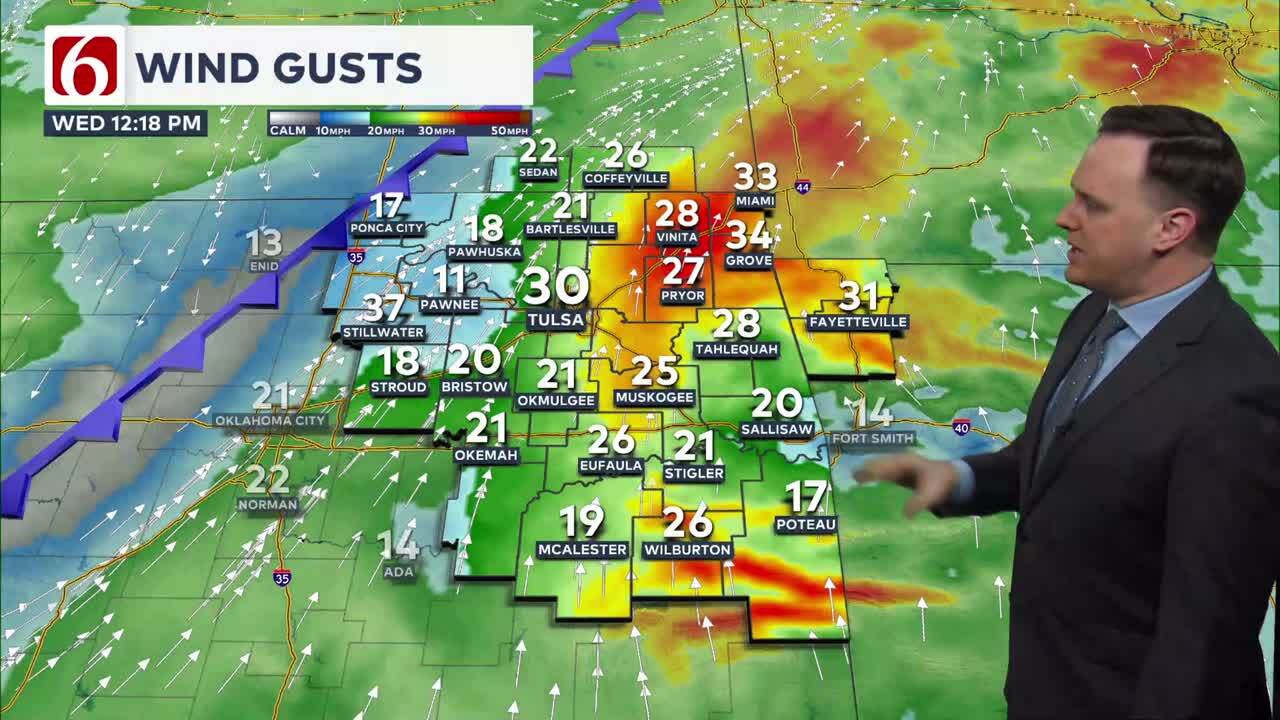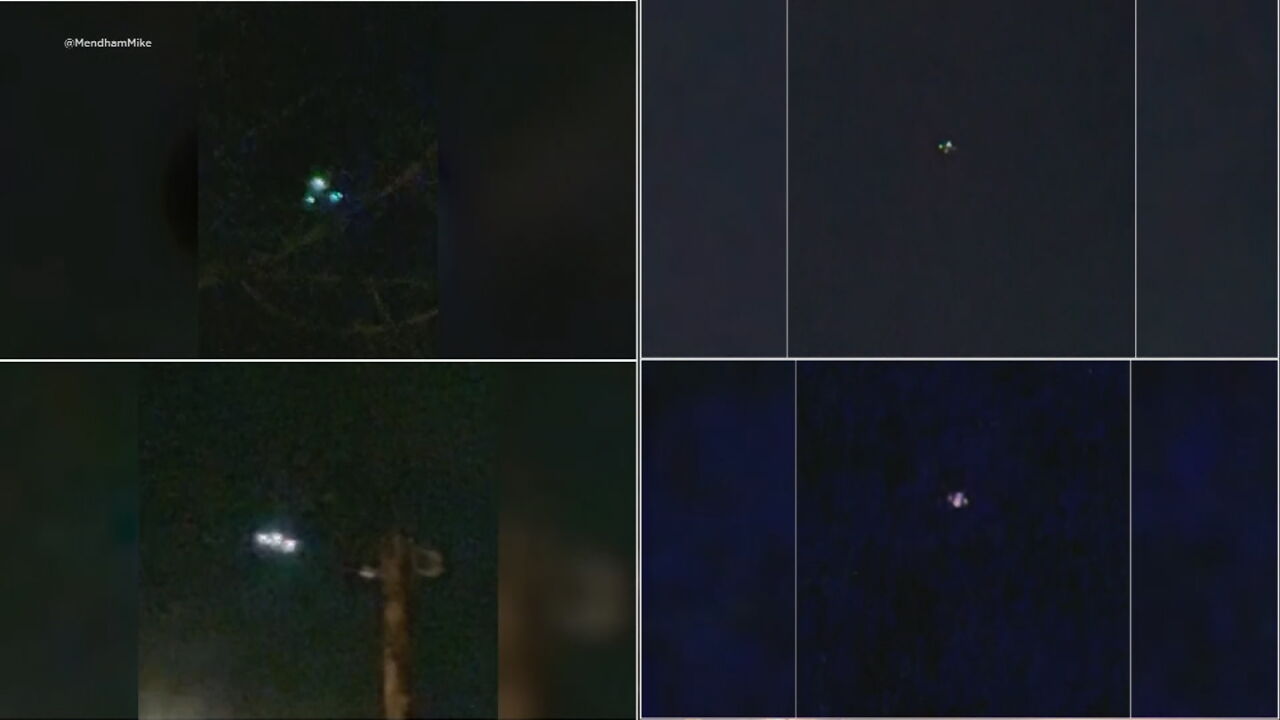In a state where law enforcement often relies on dusty, outdated technologies, a quiet revolution is underway. In Oklahoma, a cutting-edge innovation is transforming the face of crime prevention and response, one drone at a time. This isn’t just a story about a new gadget or a shiny new system – it’s about the people who are driving this change, the brave men and women who are using this technology to build a brighter, safer future for their communities.
Modernizing Law Enforcement

Oklahoma police departments are utilizing advanced technology like drones for surveillance and arrests, enhancing safety and efficiency without risking the lives of officers. By: Lisa Monahan
From real-time surveillance to drone-assisted arrests, law enforcement across Oklahoma are using high-tech tools more often to keep the community safe. Normally, officers are equipped with their standard equipment, including a badge, baton, and service weapon. However, police departments across the state have recently begun using technology to make their job easier.

The Role of Technology in Modern Policing: Augmenting Officer Capabilities
“[Officers] are showing up because something is not working out right,” Moore Police Chief Todd Gibson said. “We have to give them the judgment, problem-solving, [and] decision-making abilities to go out and mediate problems with a variety of different options.” Gibson says suspects who might’ve gotten away in the past are now being tracked down faster, without as many boots on the ground.
For decades, catching a suspect meant law enforcement had to be quick on their feet, but now, Gibson says modern technology is giving law enforcement the upper hand. With the addition of drones, officers can now safely track a suspect’s every move.

Drone-Assisted Policing in Action
Real-time surveillance: tracking suspects without putting officers in harm’s way
In March, Moore officers responded to a reported vehicle break-in when the suspect fled. “We’re able to pop a drone up in the air with an infrared,” Gibson said. “We saw a hot spot, which turned out to be a person hiding. We sent officers to that hot spot.” Gibson said the officers his department sent were able to locate and apprehend the fleeing suspect. “Without putting any officer in harm’s way or putting themselves in a situation that might end up with lethal consequences,” Gibson said.
The Moore Police Department has a dozen drones, but many police departments are seeing success statewide. Recent data from MPD shows the department launched drones nearly 700 times in a single year. The usage of drones ranged from drone-assisted arrests to crowd control and even surveying crash scenes.
A Response to National Trends
Amid reports of unexplained drone activity across the nation, including in Oklahoma, Governor Kevin Stitt has directed the state to implement measures aimed at monitoring unmanned aircraft systems (UAS). Mysterious drone sightings in New Jersey, New York, Pennsylvania, and other East Coast states have led several state and federal agencies to call for answers about the flying objects.
Some of these crafts have even been spotted near military installations. The FBI is the lead agency investigating the sightings, with an FBI official saying that several thousand tips have been received.
State to Deploy Drone Detection Systems
“Drones and unmanned aerial systems are an exciting new industry here in Oklahoma,” said Gov. Stitt. “This technology is new, and because of that, we don’t have all the measures in place to ensure Oklahomans are protected from those who would use this technology to harm others. That’s why I’ve instructed Commissioner Tipton to invest in UAS detection systems. This will ensure that drones can operate safely while law enforcement can keep Oklahomans safe.”
The detection systems will enable law enforcement to identify and monitor drones without violating federal regulations, which classify drones as aircraft and prohibit disabling or destroying them.
Statewide Implementation and Safety Concerns
Oklahoma’s Governor Kevin Stitt has announced the implementation of UAS detection systems in response to mysterious drone activity, aiming to enhance public safety near critical infrastructure amid growing national concerns. This move comes after reports of unexplained drone sightings across the nation, including in Oklahoma, which have led several state and federal agencies to call for answers about the flying objects.
Some of these crafts have even been spotted near military installations, prompting the FBI to lead an investigation into the sightings. An FBI official reported that several thousand tips have been received, highlighting the need for a comprehensive approach to addressing the issue. Governor Stitt’s directive to procure mobile UAS detection systems is intended to assist law enforcement in tracking drone operations near critical infrastructure.
Addressing National Concerns
The FBI is investigating the sightings, and thousands of tips have been received, but the agency has not yet provided any conclusive information about the origin or purpose of the mysterious drones. The detection systems will enable law enforcement to identify and monitor drones without violating federal regulations, which classify drones as aircraft and prohibit disabling or destroying them.
Oklahoma’s Commissioner of Public Safety, Tim Tipton, acknowledged the growing unease surrounding drone activity, stating that the activity happening in New Jersey and across the country is unsettling. While Oklahoma has only seen limited reports of suspicious drone activity, officials are preparing for potential risks. The state’s plan to deploy detection systems is aimed at addressing these concerns while supporting lawful uses of the technology.
The Future of Drone Technology in Oklahoma
Oklahoma’s drone industry has been a growing sector, with applications ranging from agriculture to infrastructure inspection to news gathering. However, the use of drones near sensitive sites such as airports and power plants has raised questions about security. The state’s plan to deploy detection systems is intended to address these concerns while supporting lawful uses of the technology.
Preparing for Potential Risks
The state’s plan for drone detection systems includes collaborating with federal agencies and private industry to stay ahead of potential risks. Oklahoma’s Commissioner of Public Safety, Tim Tipton, stated that the state wants to be ready in case the need arises. The timeline for deploying the systems and any potential collaborations with federal agencies or private industry has not yet been detailed.
A joint statement from the Department of Homeland Security, Federal Bureau of Investigation, Federal Aviation Administration, and Department of Defense recognized the concern among many communities and expressed support for state and local authorities with advanced detection technology and support of law enforcement. The full statement is available, providing further insight into the federal response to the issue.
Expert Analysis and Insights
According to experts, the implementation of UAS detection systems in Oklahoma is a significant step forward in addressing the concerns surrounding drone activity. The use of drones in law enforcement has been shown to be effective in enhancing safety and efficiency, and the deployment of detection systems will help to mitigate potential risks. As the drone industry continues to grow, it is essential for states like Oklahoma to take a proactive approach to addressing the challenges and opportunities presented by this technology.
Expanding Drone Usage
Oklahoma police departments are utilizing advanced technology like drones for surveillance and arrests, enhancing safety and efficiency without risking the lives of officers. From real-time surveillance to drone-assisted arrests, law enforcement across Oklahoma are using high-tech tools more often to keep the community safe. The Moore Police Department has a dozen drones, and recent data shows the department launched drones nearly 700 times in a single year.
Crowd Control and Crash Scene Surveying
The usage of drones ranged from drone-assisted arrests to crowd control and even surveying crash scenes. In one instance, Moore officers responded to a reported vehicle break-in when the suspect fled. The officers were able to pop a drone up in the air with an infrared, which helped them locate and apprehend the fleeing suspect without putting any officers in harm’s way.
According to Moore Police Chief Todd Gibson, modern technology is giving law enforcement the upper hand. With the addition of drones, officers can now safely track a suspect’s every move. Gibson stated that suspects who might’ve gotten away in the past are now being tracked down faster, without as many boots on the ground. The use of drones in law enforcement has been shown to be effective in reducing the risk of injury to officers and suspects alike.
- The Moore Police Department has a dozen drones.
- Recent data shows the department launched drones nearly 700 times in a single year.
- The usage of drones ranged from drone-assisted arrests to crowd control and even surveying crash scenes.
Conclusion
As we’ve explored in this article, Oklahoma’s pioneering drone technology is rewriting the playbook for modern policing. By leveraging advanced aerial surveillance, real-time data transmission, and AI-powered analytics, law enforcement agencies can now respond to emergencies with unprecedented speed and precision. The results are nothing short of remarkable: reduced response times, enhanced situational awareness, and a significant decrease in officer risk.
The far-reaching implications of this technology cannot be overstated. As Oklahoma’s program serves as a model for other states and municipalities, we can expect to see a seismic shift in the way public safety is approached. With drones increasingly taking to the skies, we’ll see a marked improvement in officer safety, a reduction in crime rates, and a more efficient allocation of resources. But it’s not just about the numbers – this technology has the potential to fundamentally alter the relationship between law enforcement and the communities they serve, fostering greater trust and transparency.
As we gaze out upon this uncharted territory, one thing is clear: the future of policing has arrived, and it’s hovering above us. As we continue to push the boundaries of what’s possible, we’re compelled to ask: what other innovations will arise from the intersection of technology and public safety? And what will be the human cost of our relentless pursuit of progress? As Oklahoma’s drone program takes flight, we’re reminded that the true measure of innovation lies not in the technology itself, but in the lives it touches – and the futures it rewrites.
